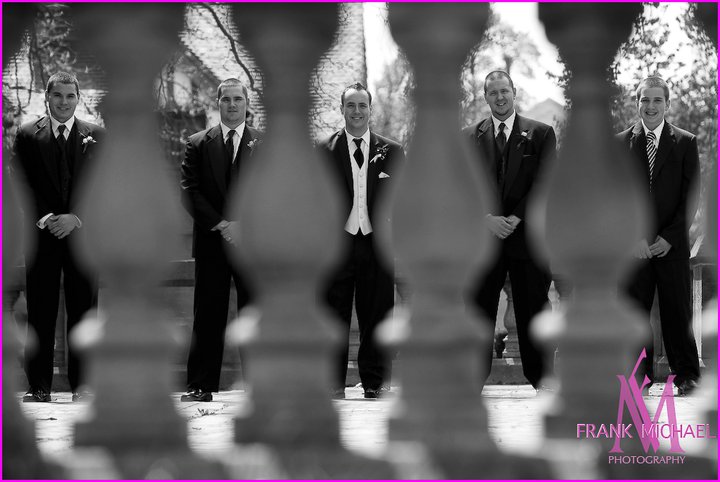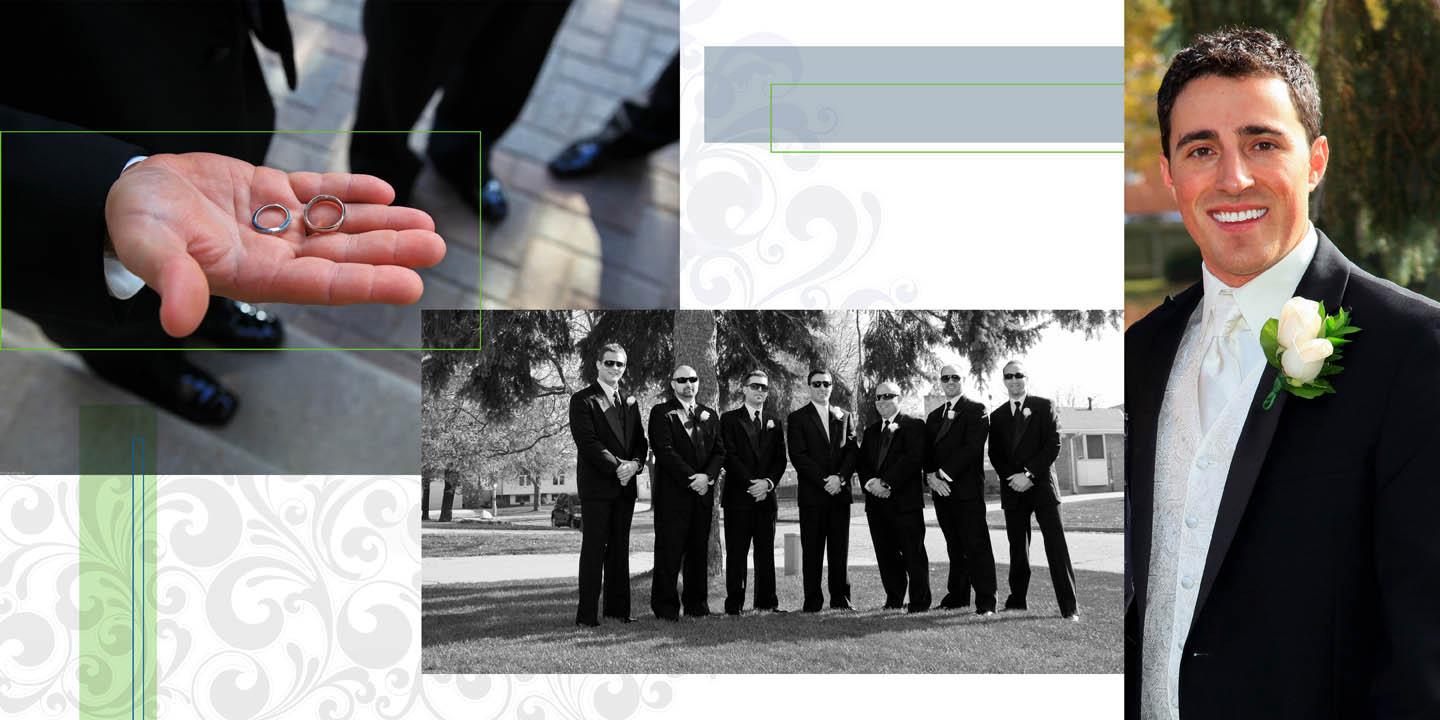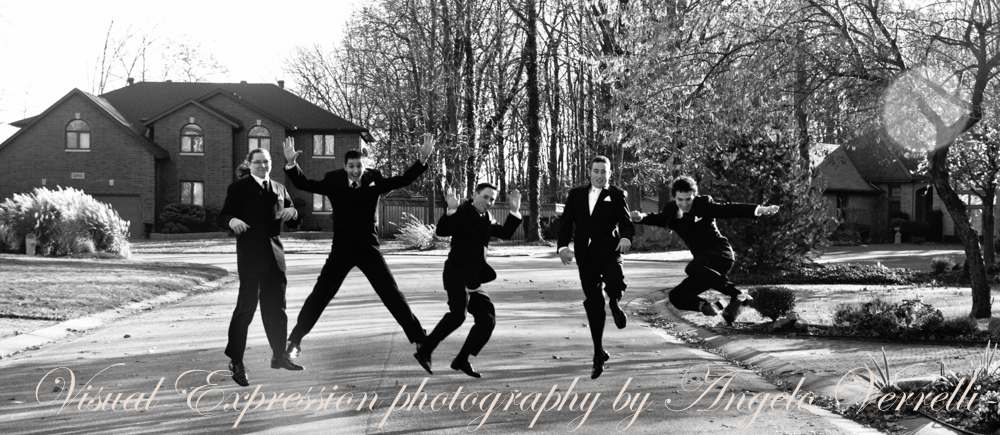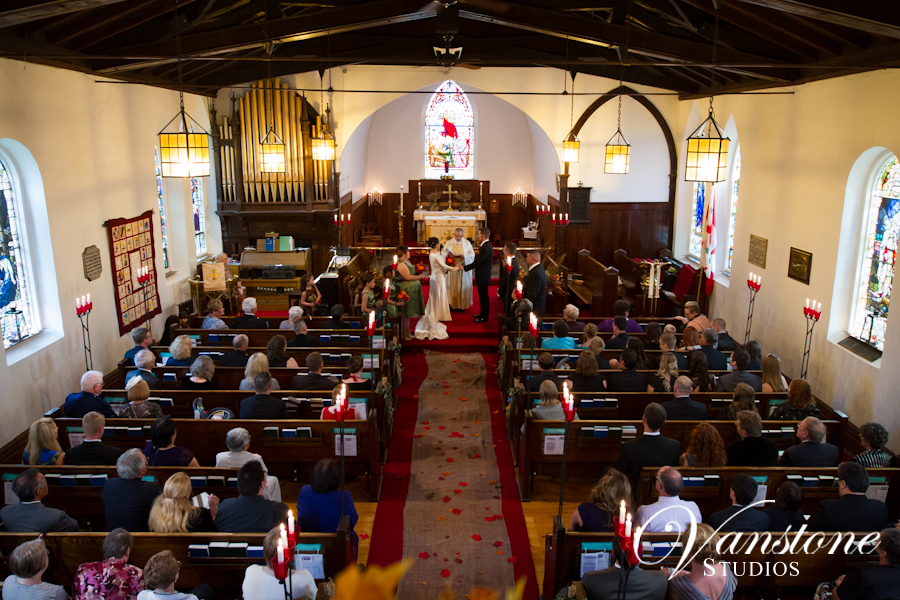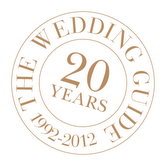The best man usually a best brother, cousin, father or friend of the groom must be prepared for anything and be willing to help the groom solve any problem. Organizing the bachelor or dual bachelor/bachelorette party is one of the first responsibilities. He must also make sure the groom arrives at the wedding on time.
Carrying the bride’s ring is an extremely important task assigned to the best man. He may sometimes be responsible for the marriage licence as well.
The best man usually does not stand in the receiving line if there is one. He signs the marriage certificate as an official witness. He must ensure that the clergy/officiant/celebrant receives payment, which can be conveniently placed in a sealed envelope.
At the reception, the best man sits to the bride’s right, the perfect position to execute his duties as toastmaster/MC. The clever best man rehearses his toast beforehand, knowing that his practiced toast is always better than an impromptu one.
Lastly, some best men are asked to gather all rented clothing from the groom’s wedding party and return it the next business day to the formal wear store.
The groomsmen are friends and relatives of the groom (and) sometimes the bride and have a wide variety of jobs. Some groomsmen double as ushers but usually don’t have as many obligations as the best man.
They are required to be at the rehearsal, where they learn the wishes of the clergy/officiant. At the rehearsal, they may practice lighting and extinguishing the candles for the ceremony, should familiarize themselves with the entrance, exit and washroom locations for the guests’ comfort and learn seating arrangements.
The groomsmen/ushers should arrive at the wedding an hour prior to the ceremony to get their boutonnieres, ready the programs and assist with any last minute details.
If guests of the bride and groom are to be seated in separate sections, the ushers will need to find out the relationship of the guests to the couple. Once established, the right arm is offered to the lady, who is then escorted to the open pew or seat closest to the front of the church or ceremony site. The farthest forward pews or seats are traditionally reserved for immediate family members.
Last to be ushered in are the mothers of both the bride and groom. The ushers, then, unroll the aisle runner. They stay in the back of the church/venue during the ceremony, directing late guests to back or side seats.
Immediately after the ceremony, the groomsmen escort bridesmaids down the aisle. Ushers then escort out the mothers of the bride and groom and, sometimes direct the departure of the guests in an orderly manner.
The groomsmen usually do not stand in the receiving line, if there is one, but do sit at the reception table in an alternating pattern with bridesmaids. The groomsmen and ushers’only obligatory duties at the reception are to mingle with the guests, give help when needed, possibly propose a few toasts and make merry!!!
